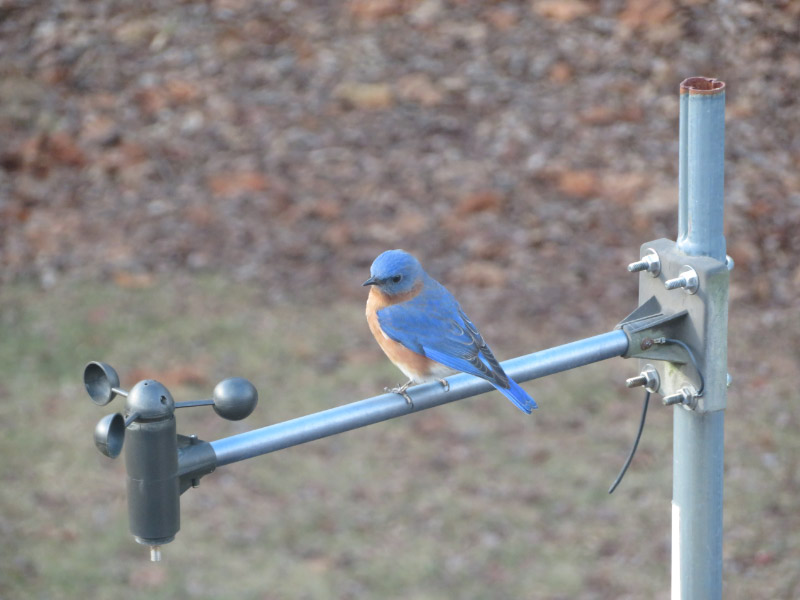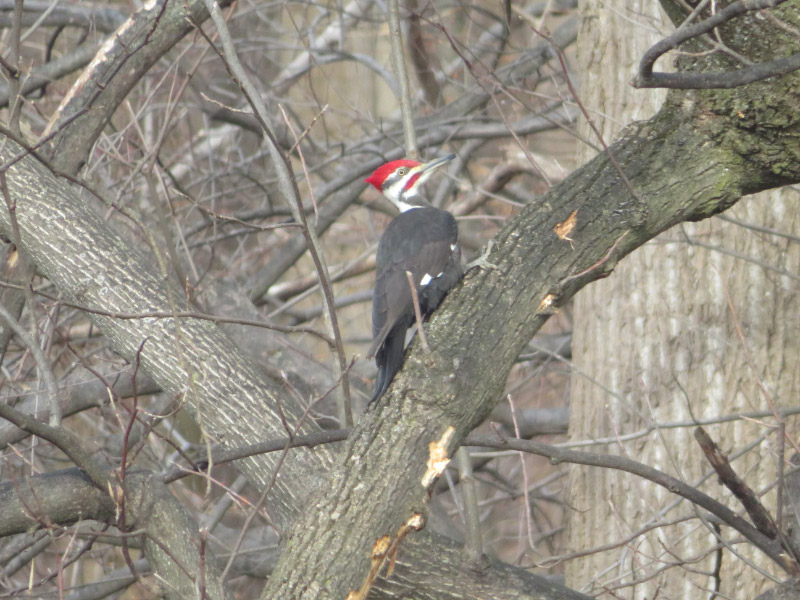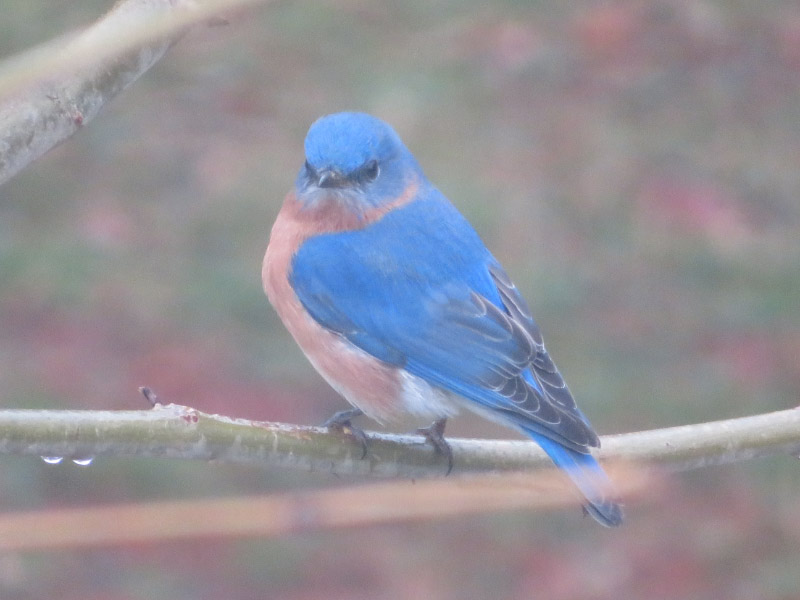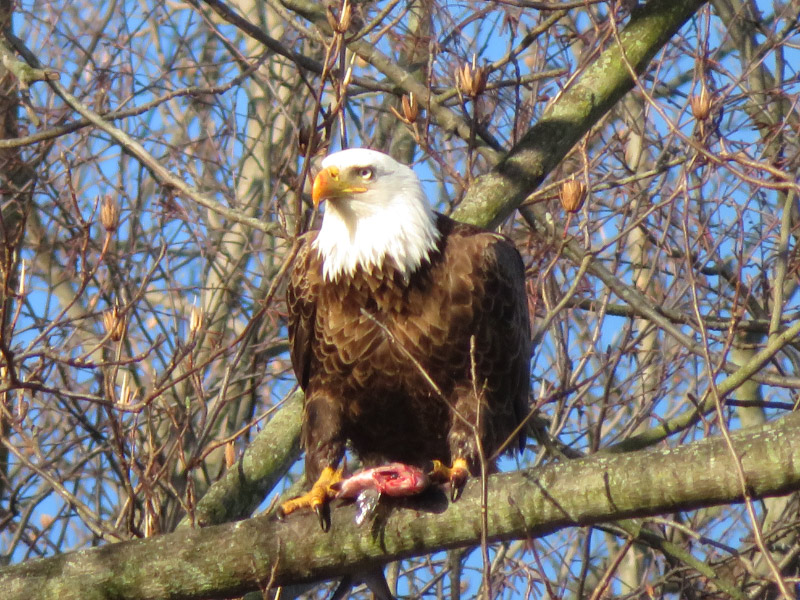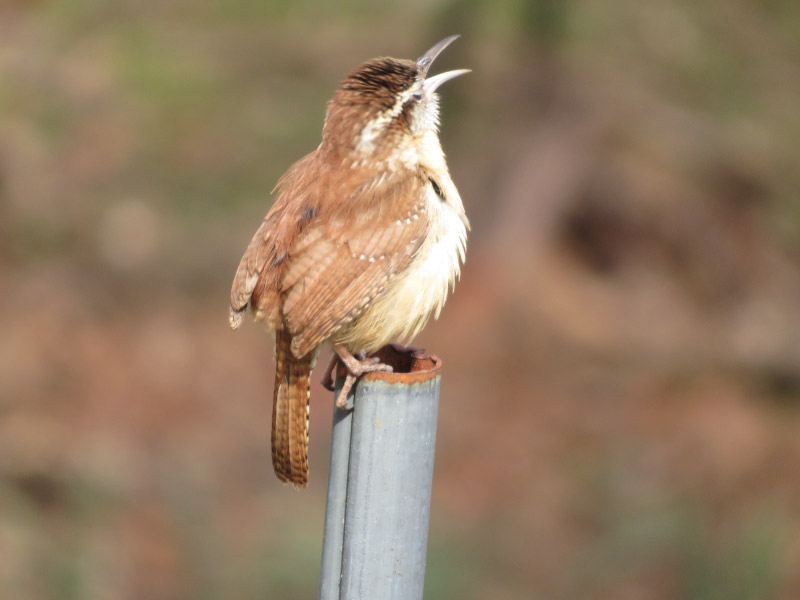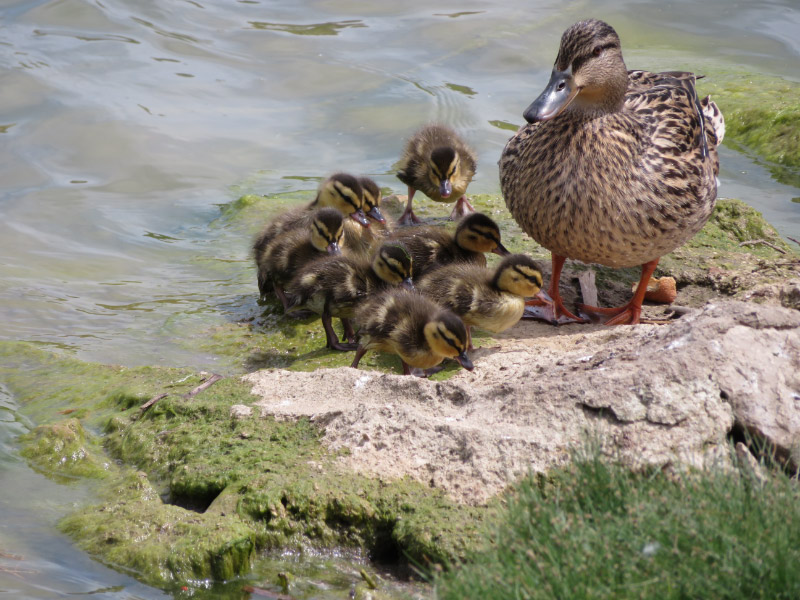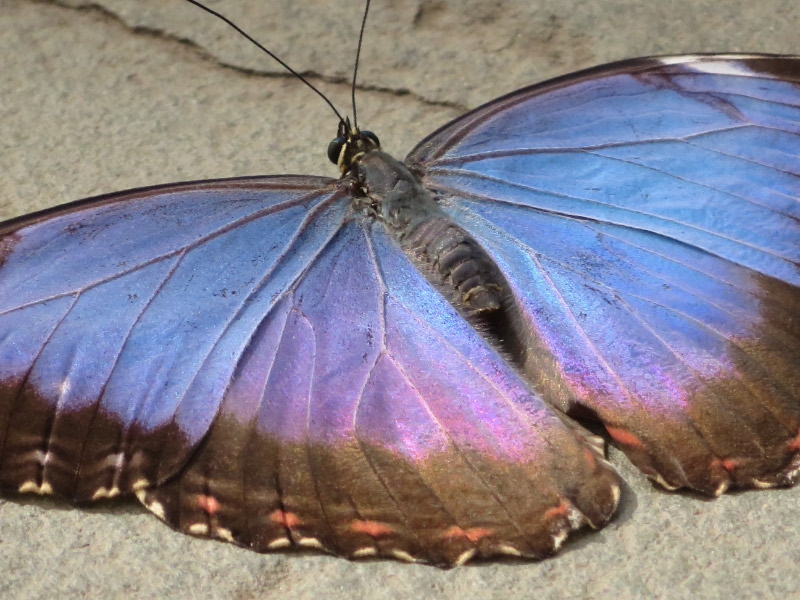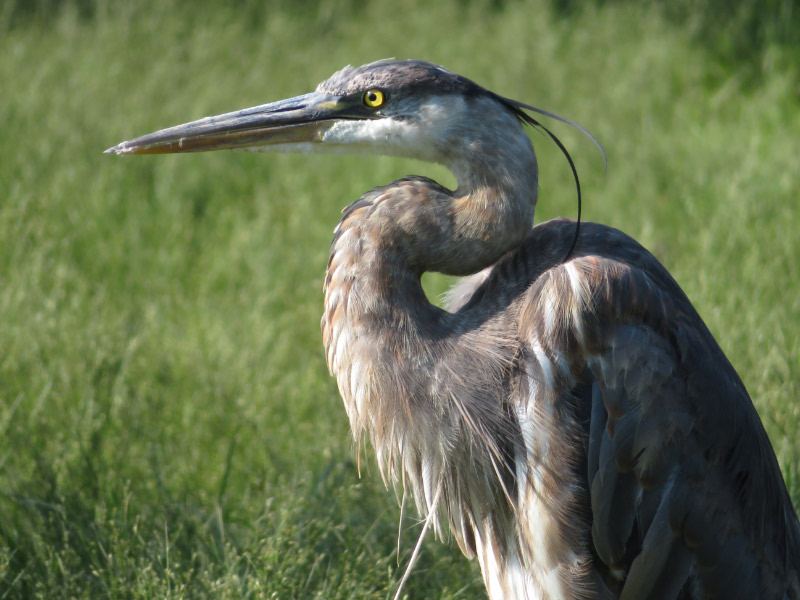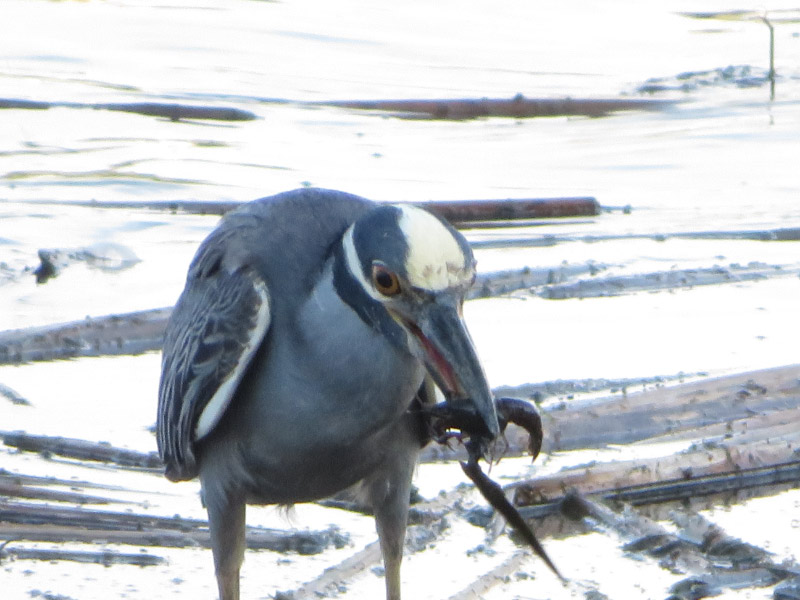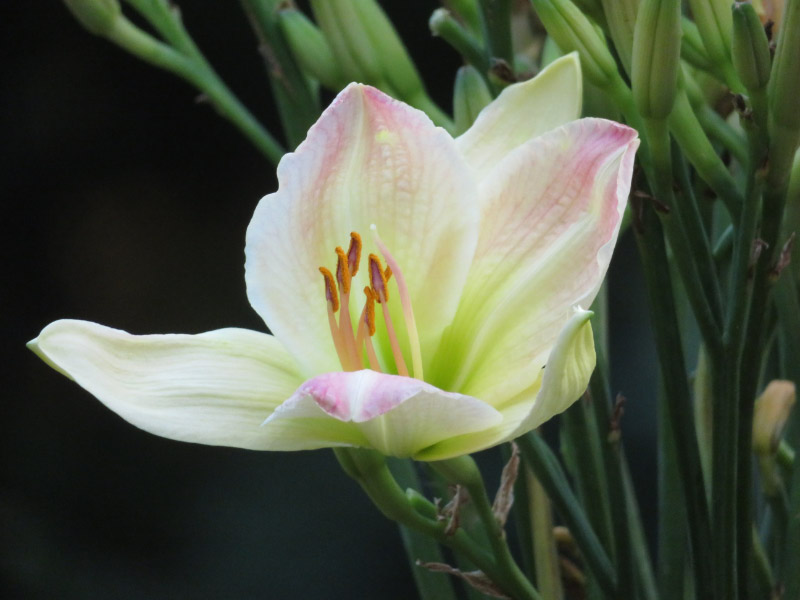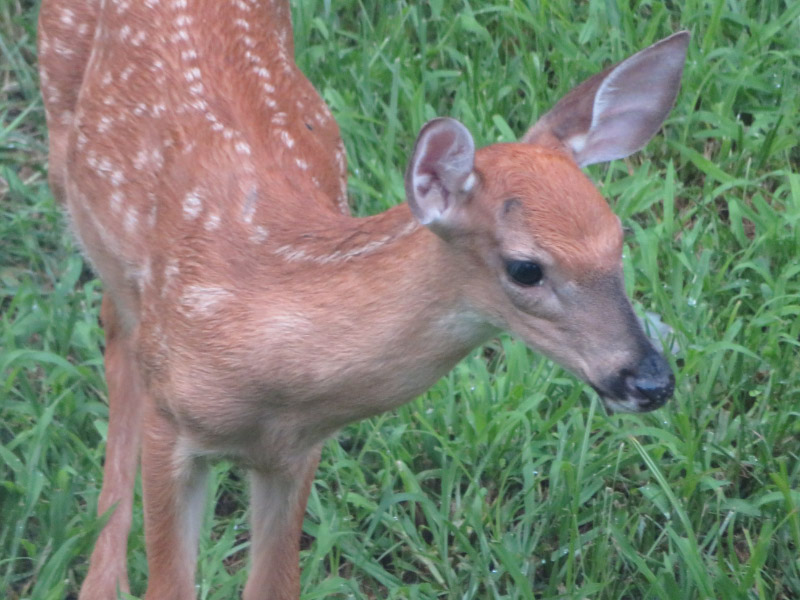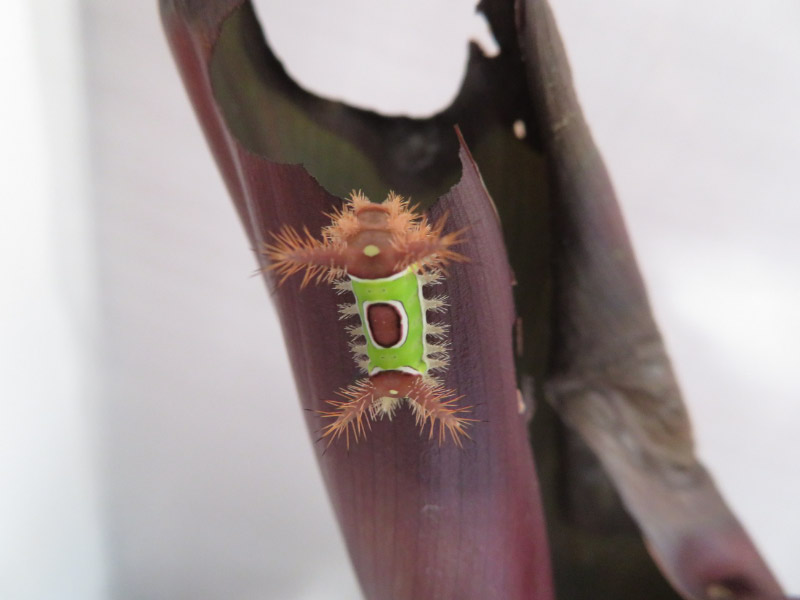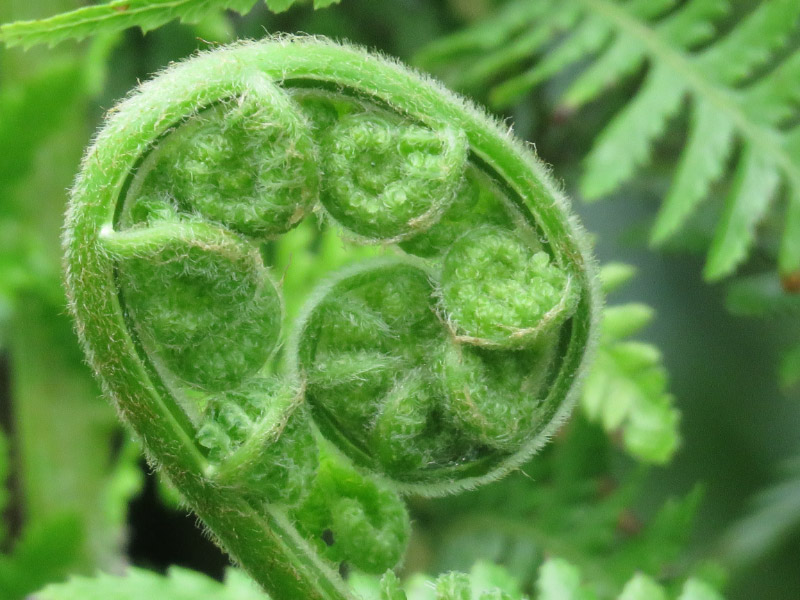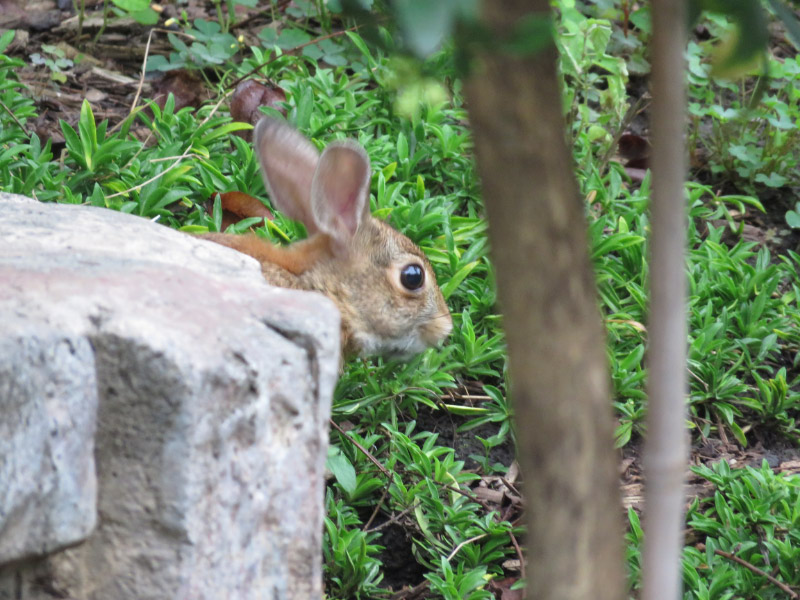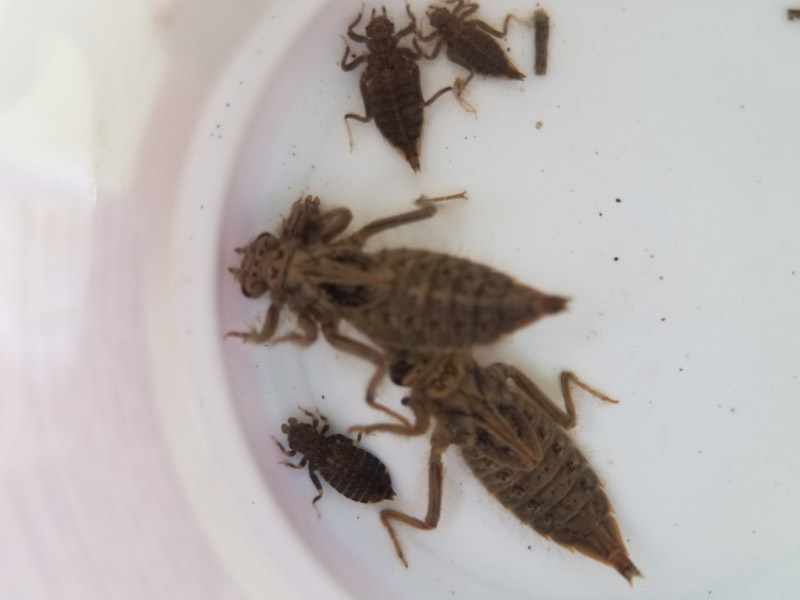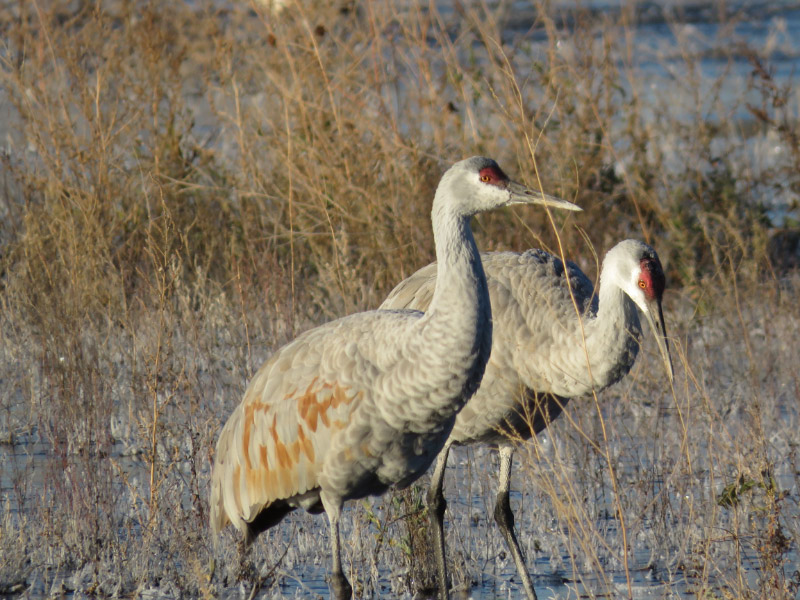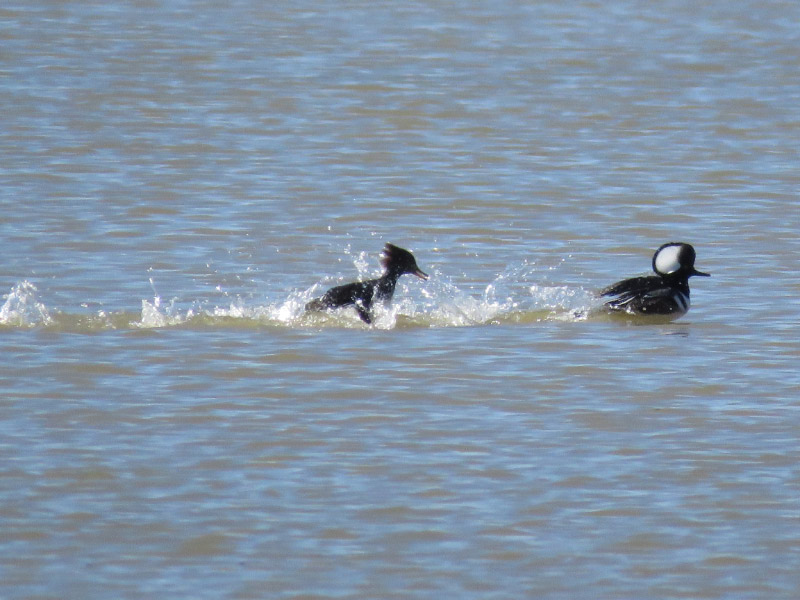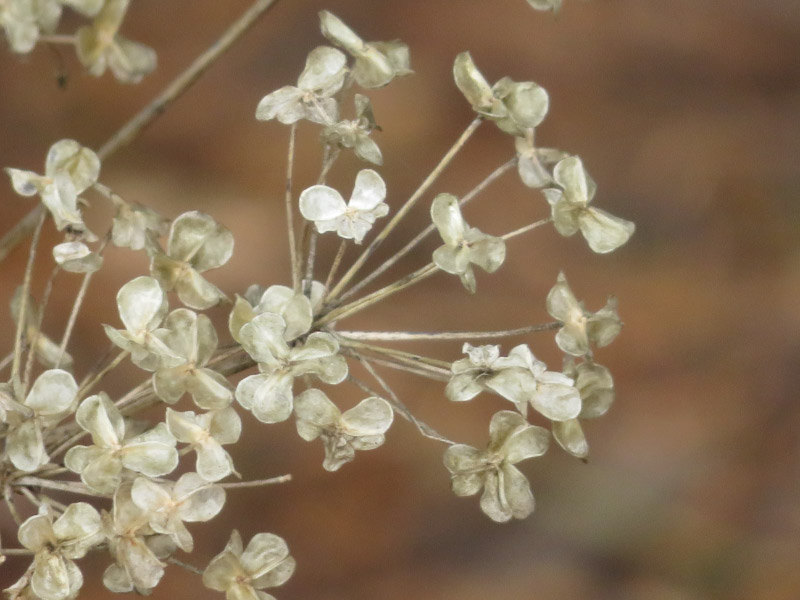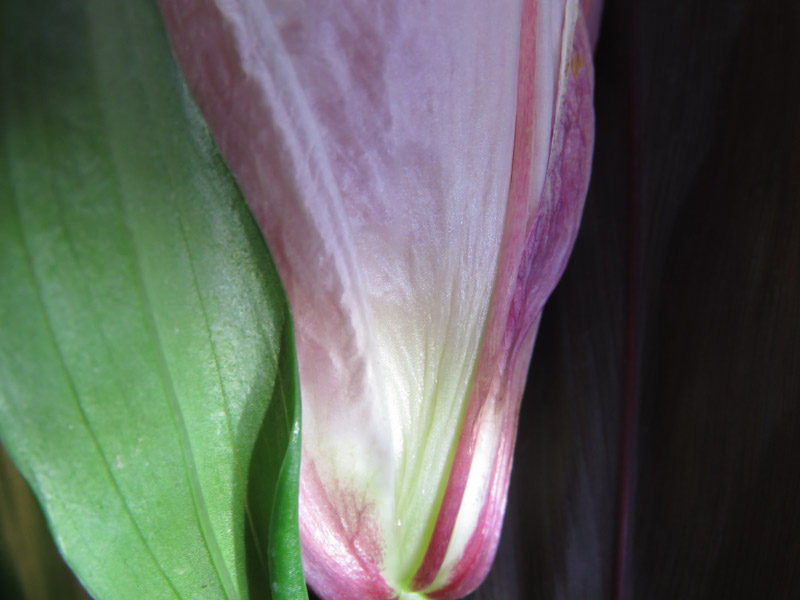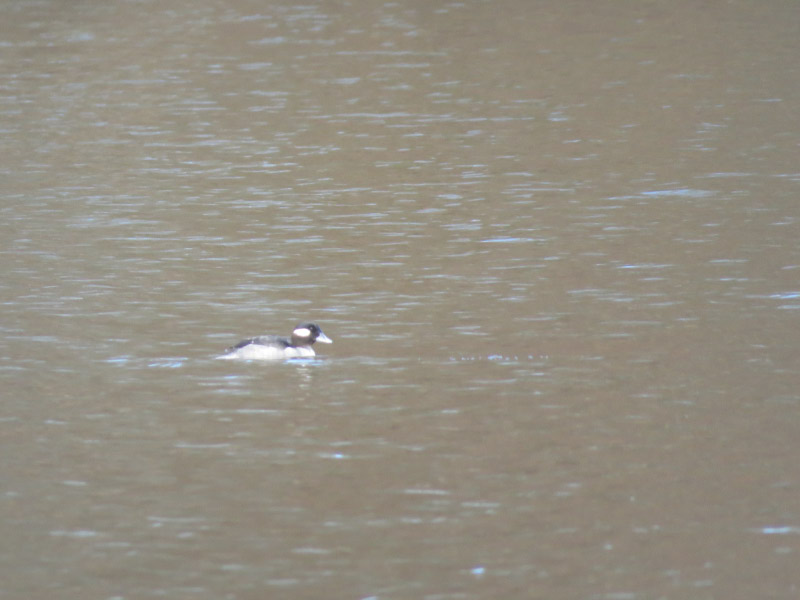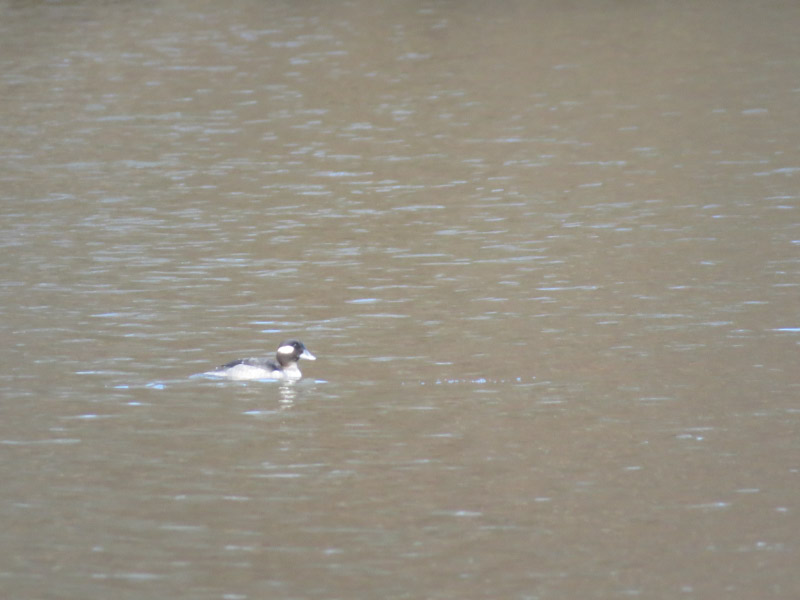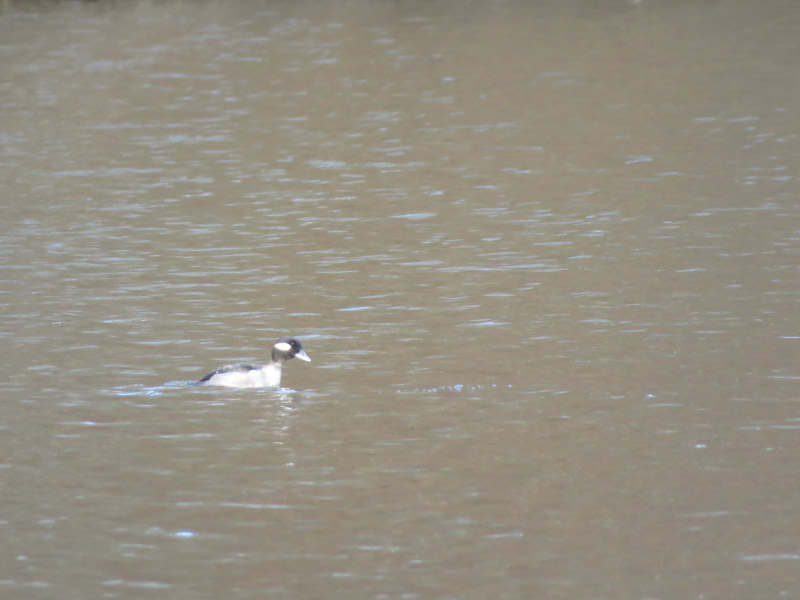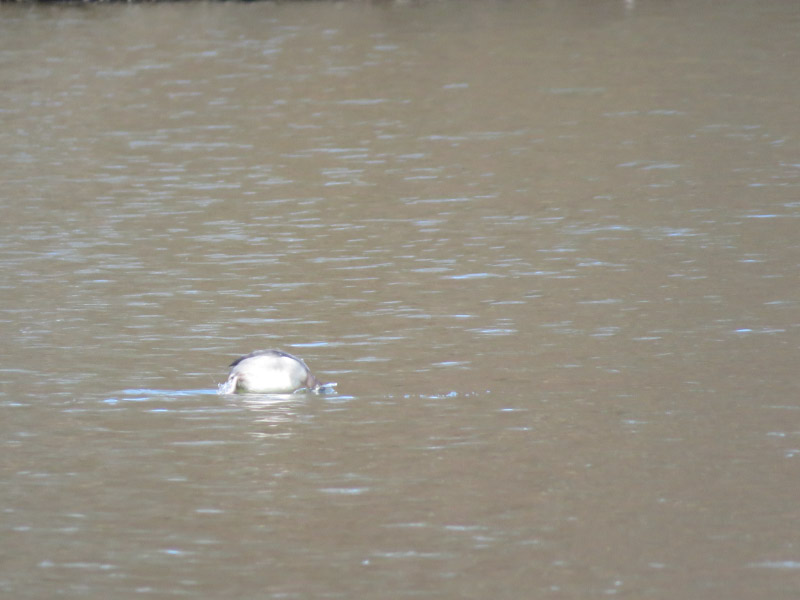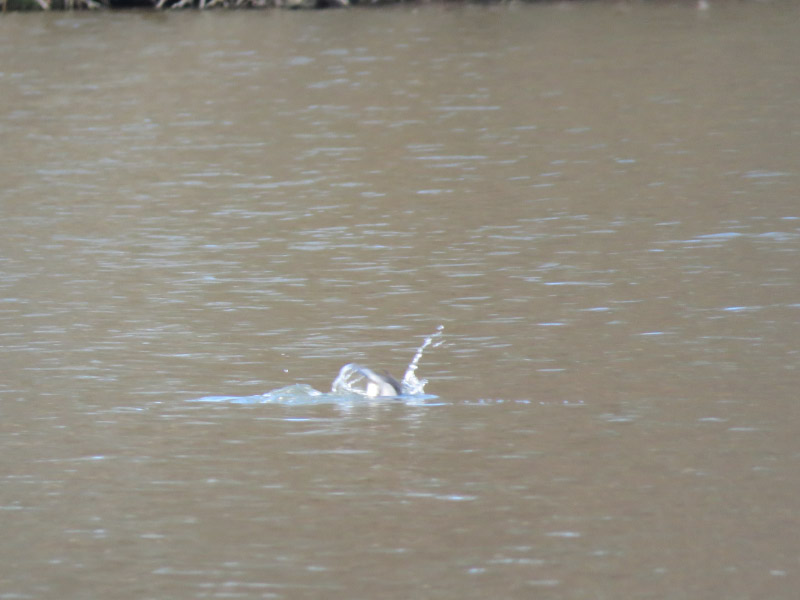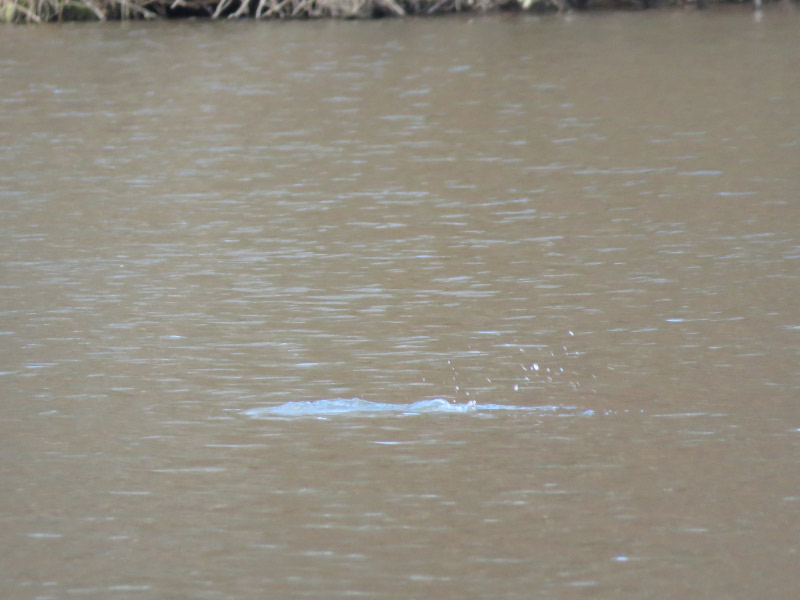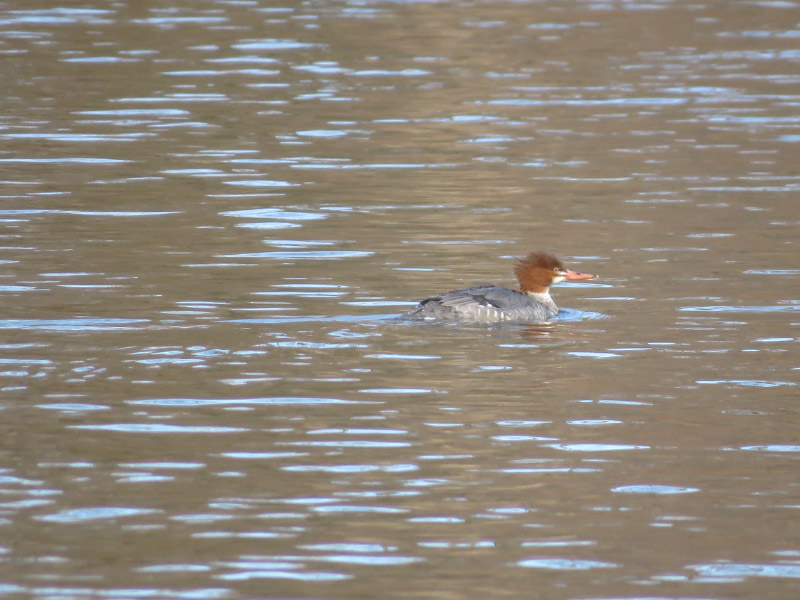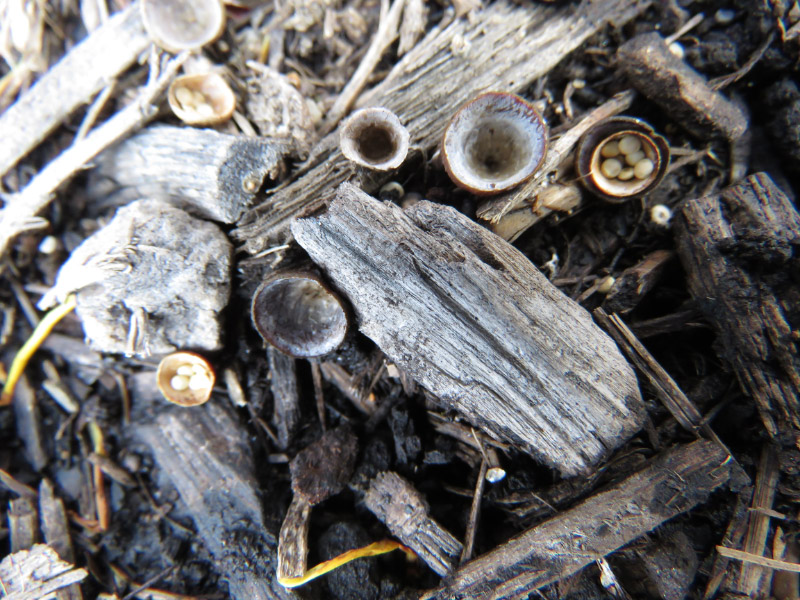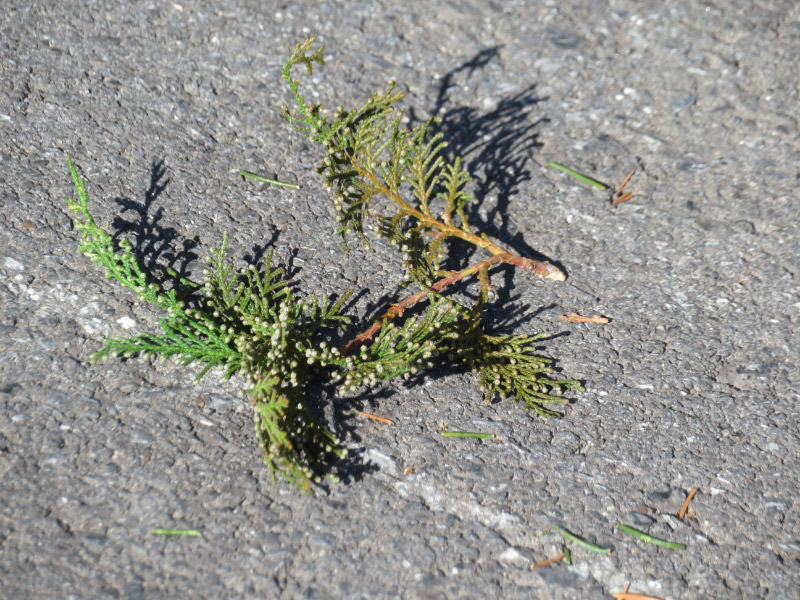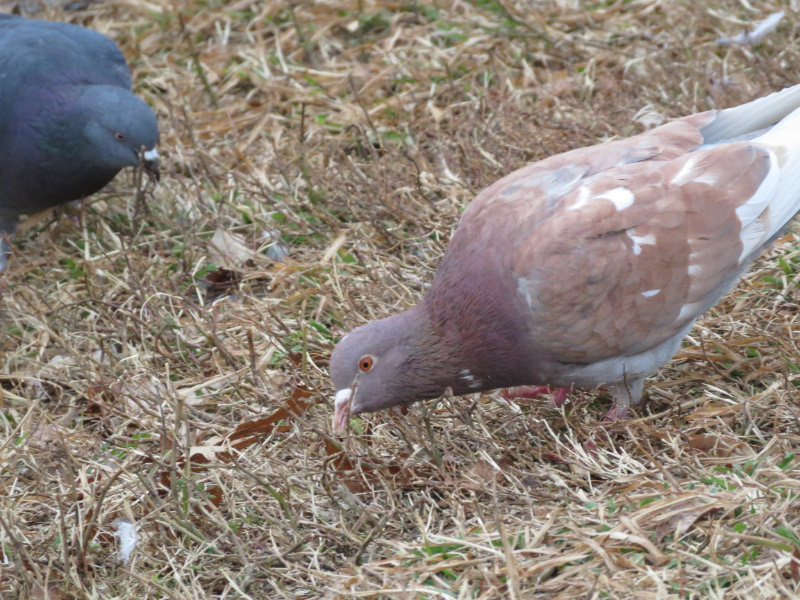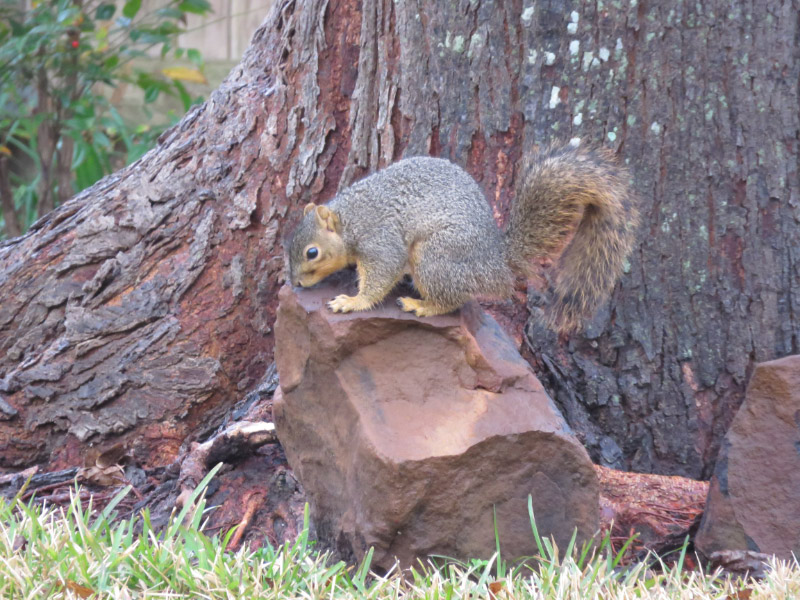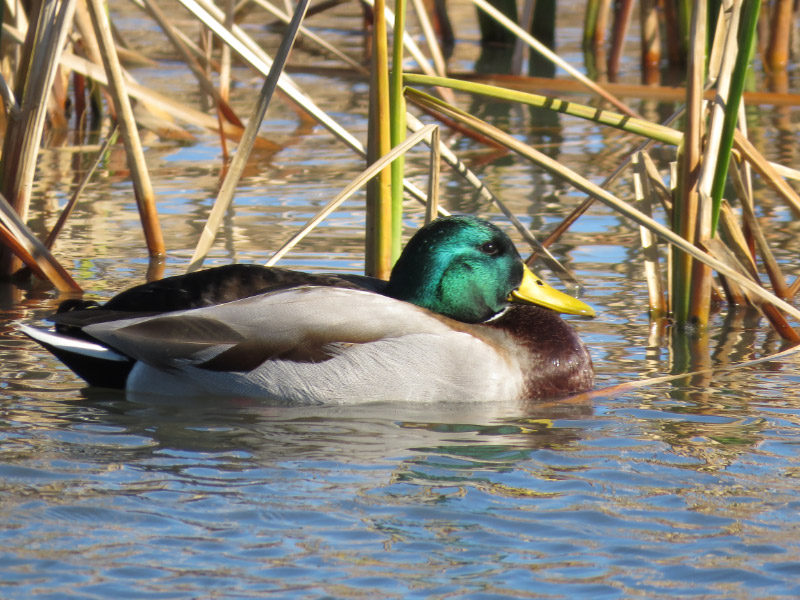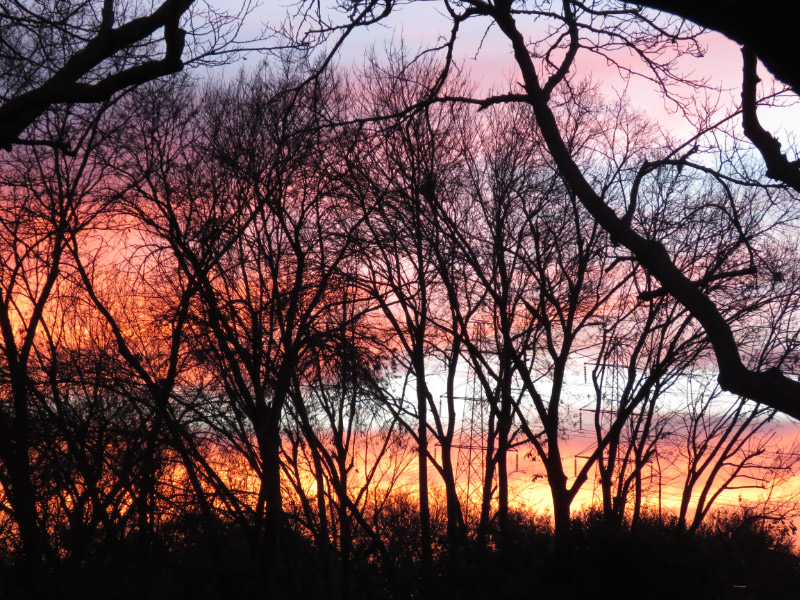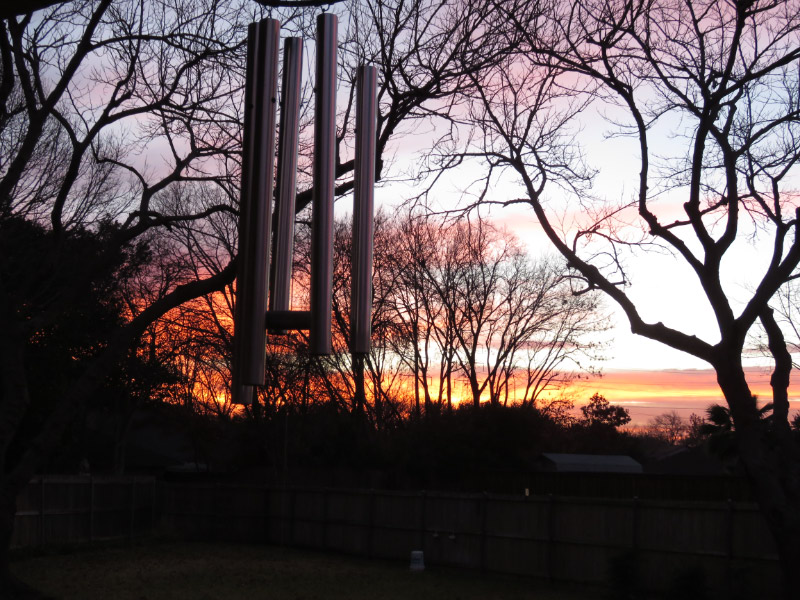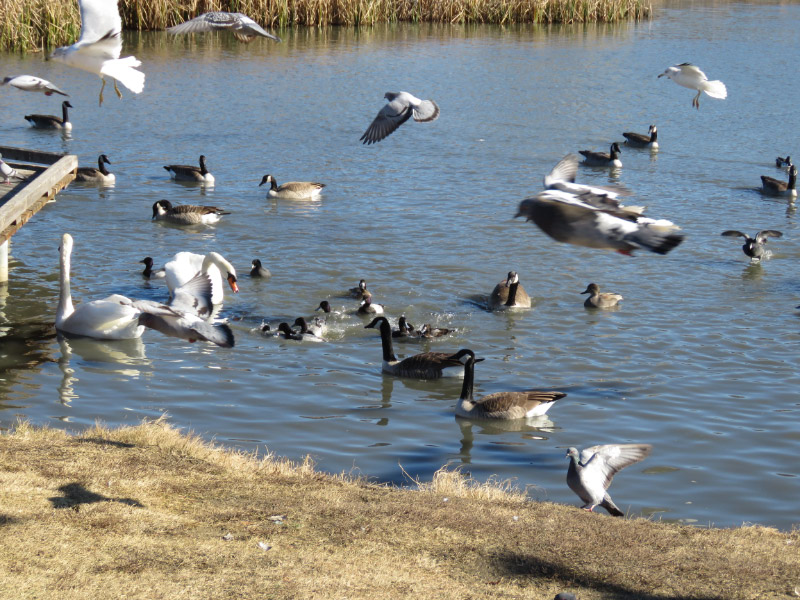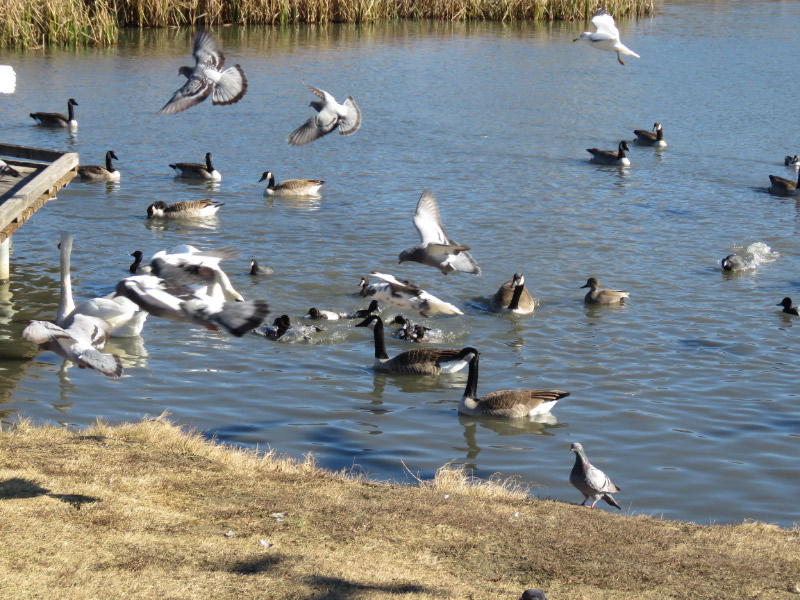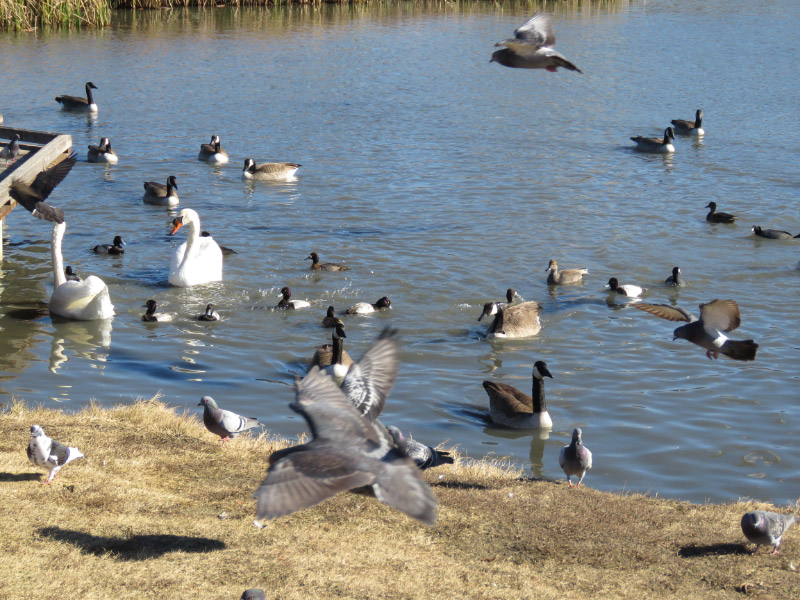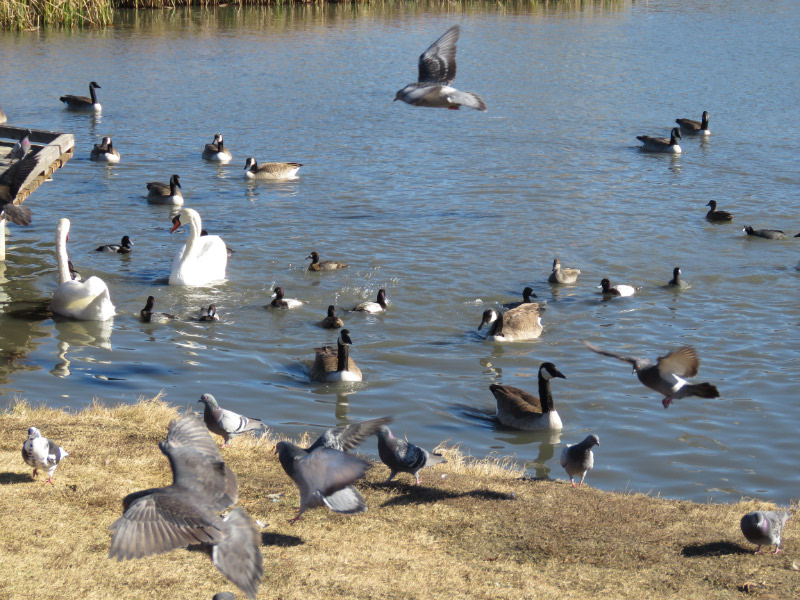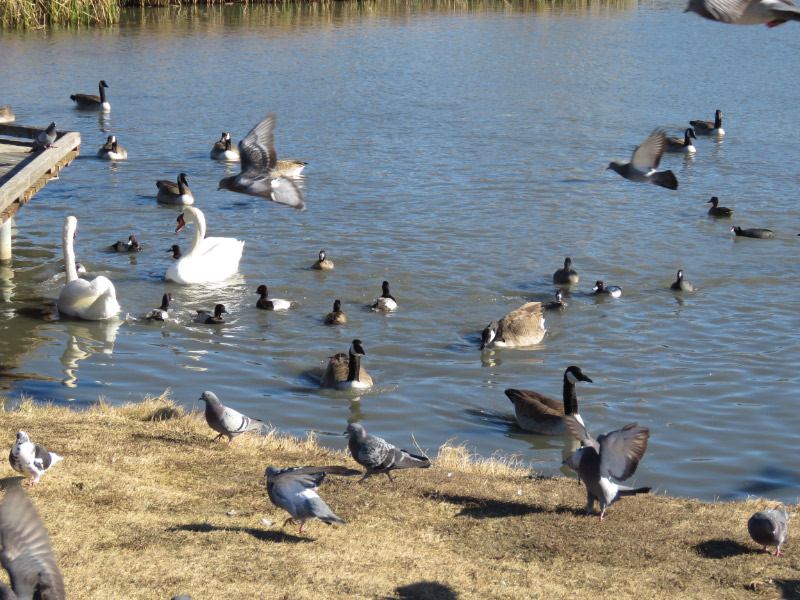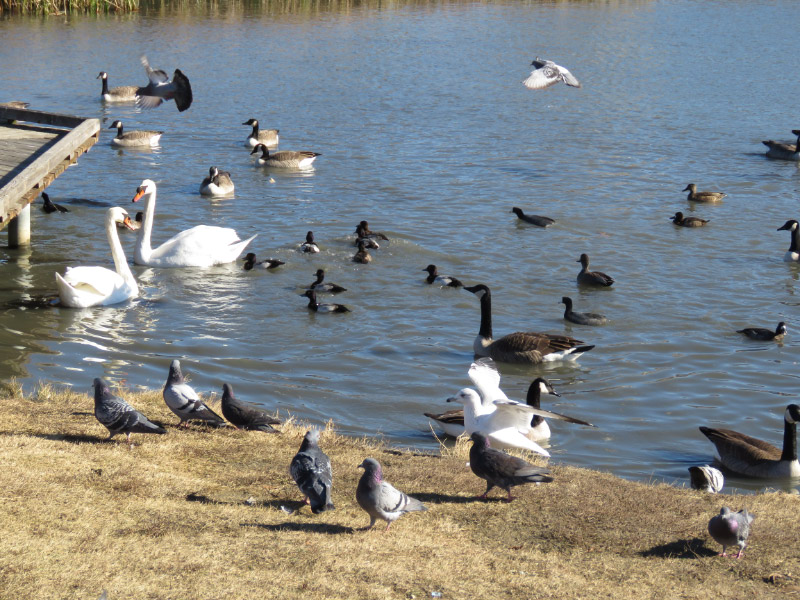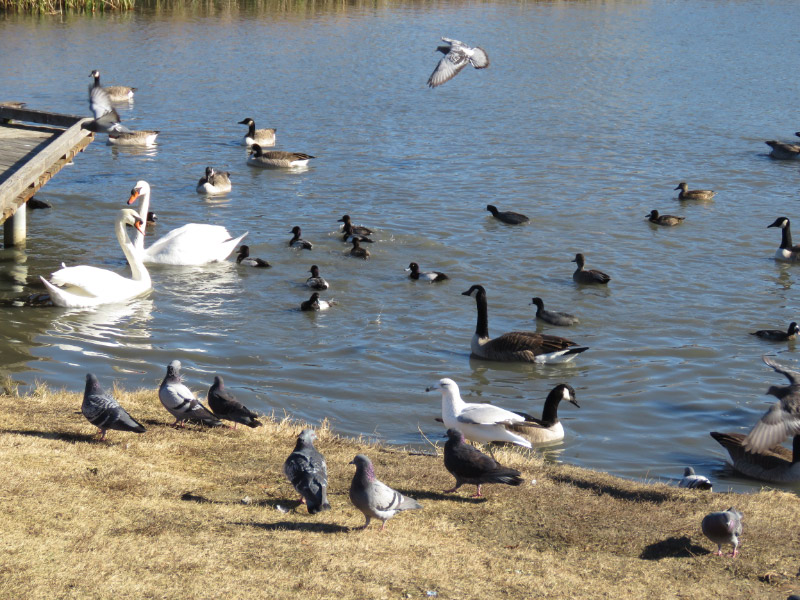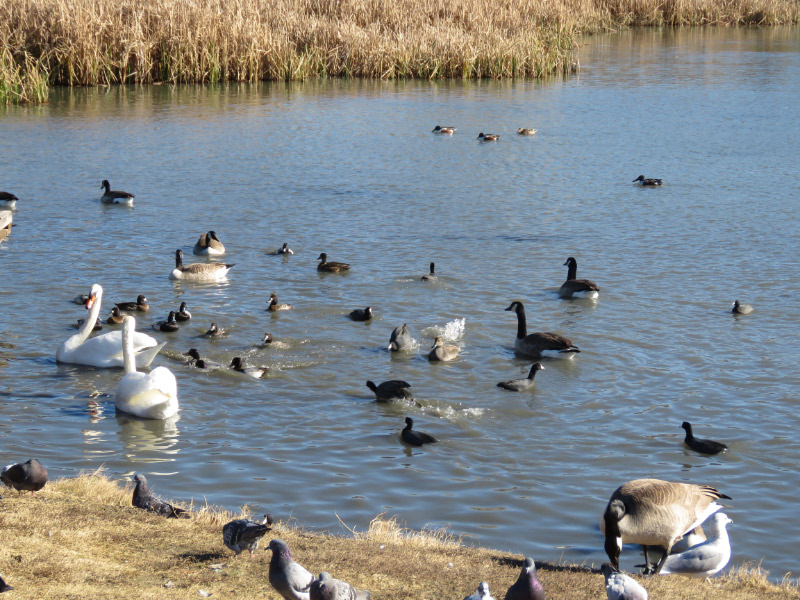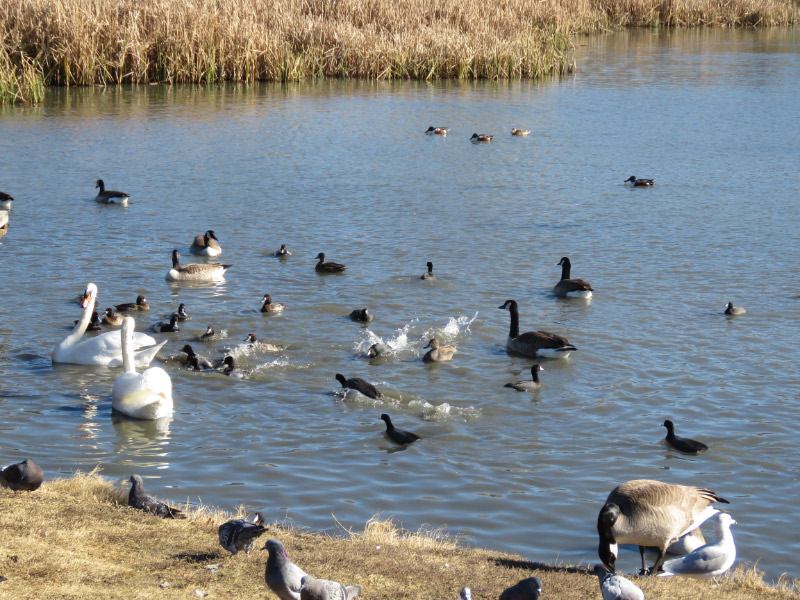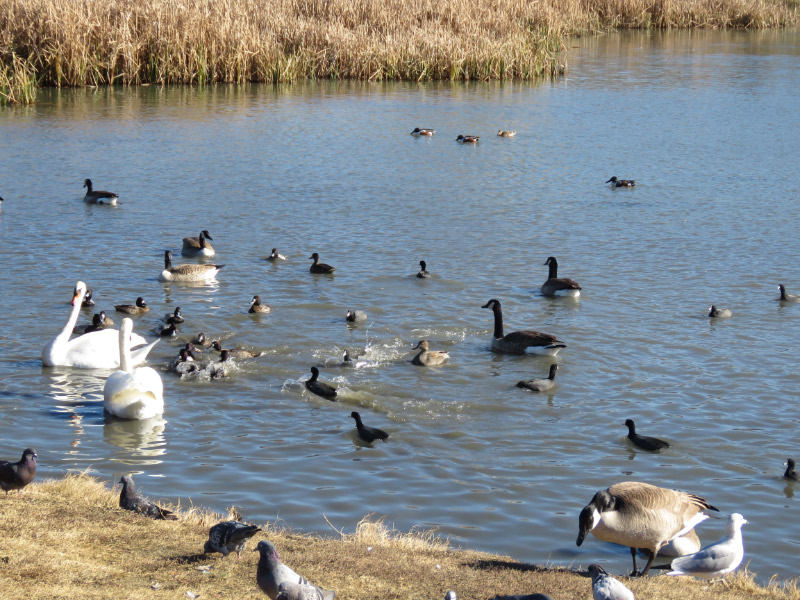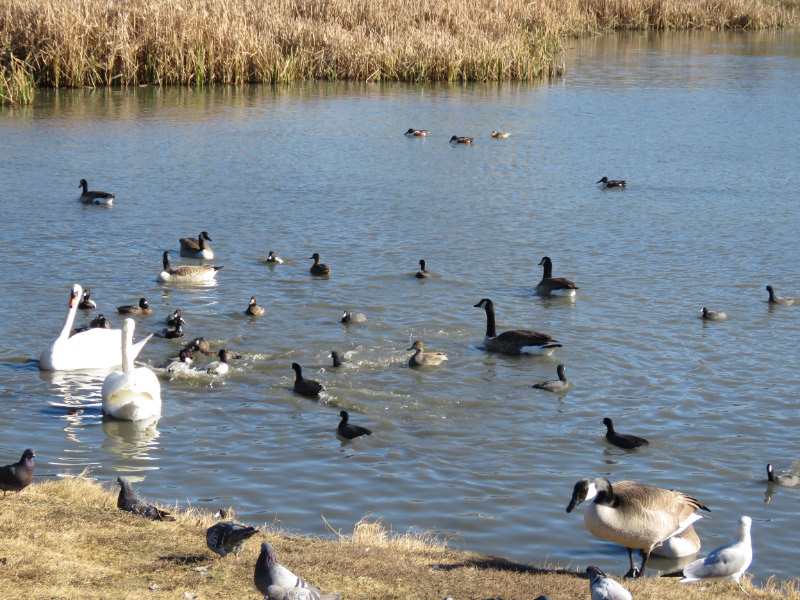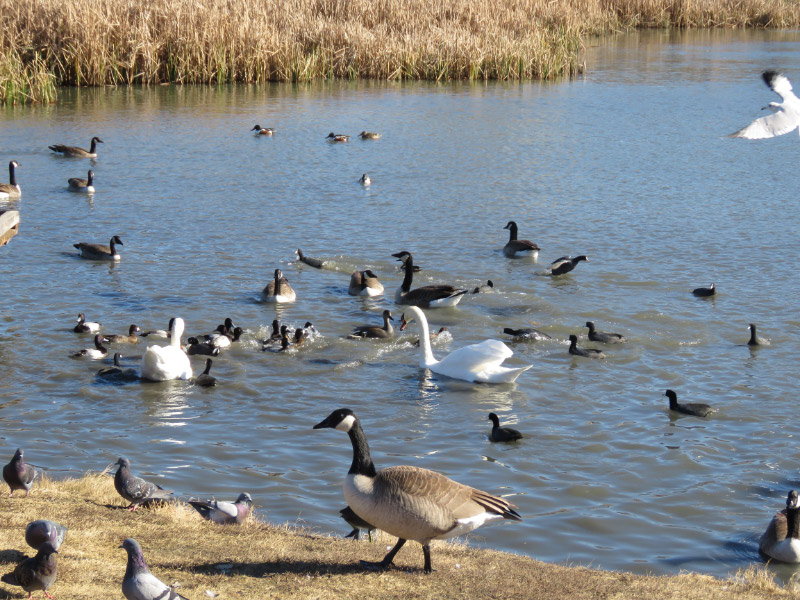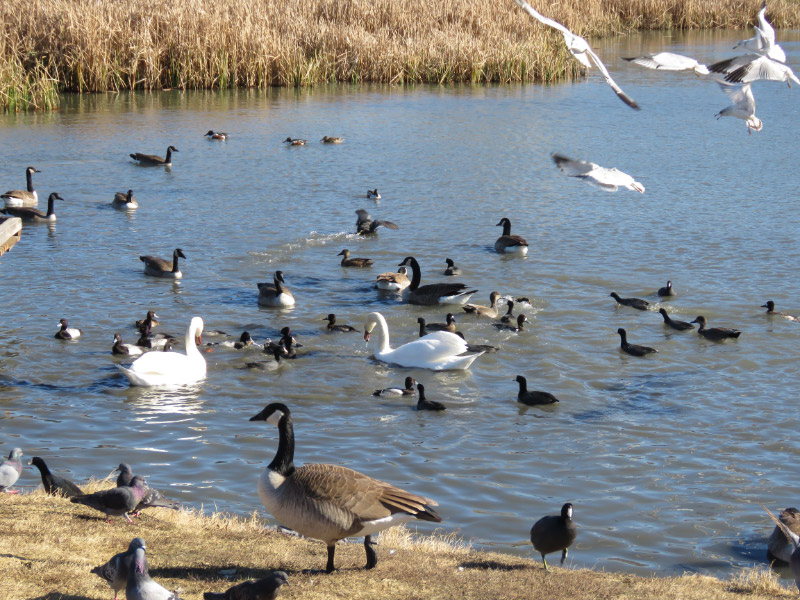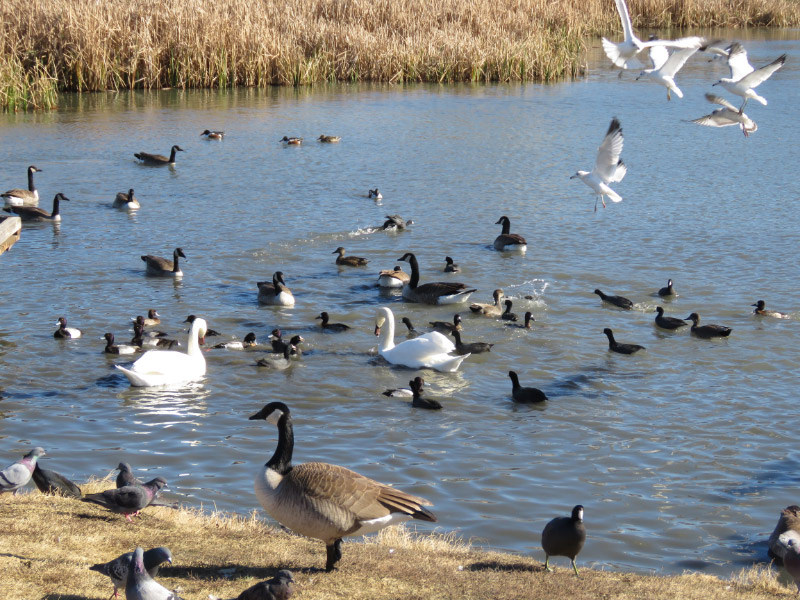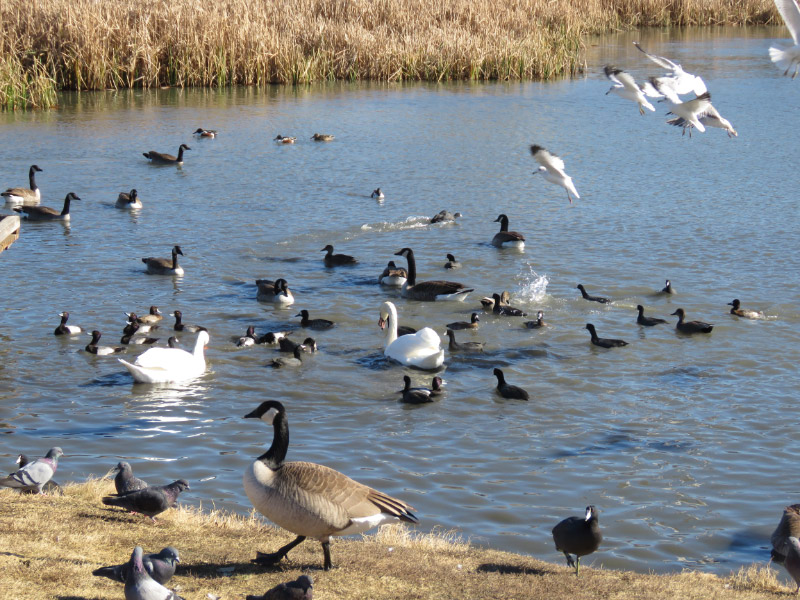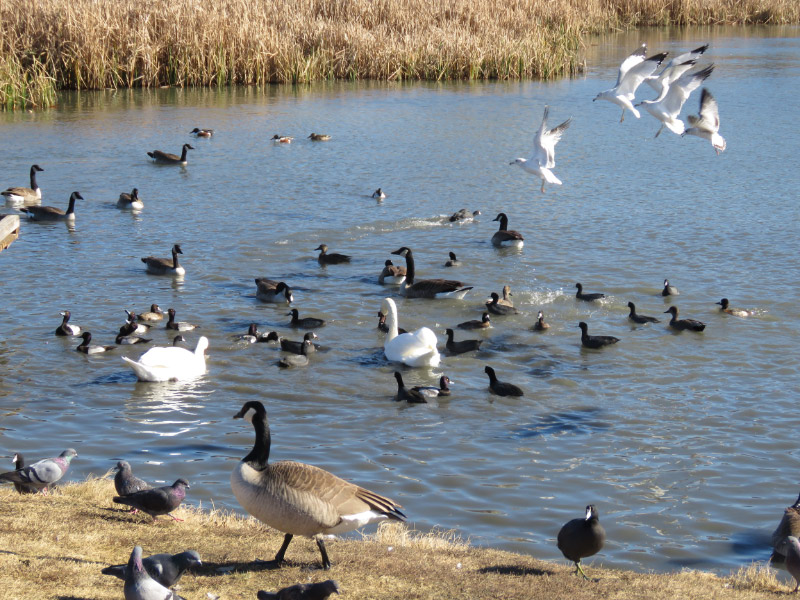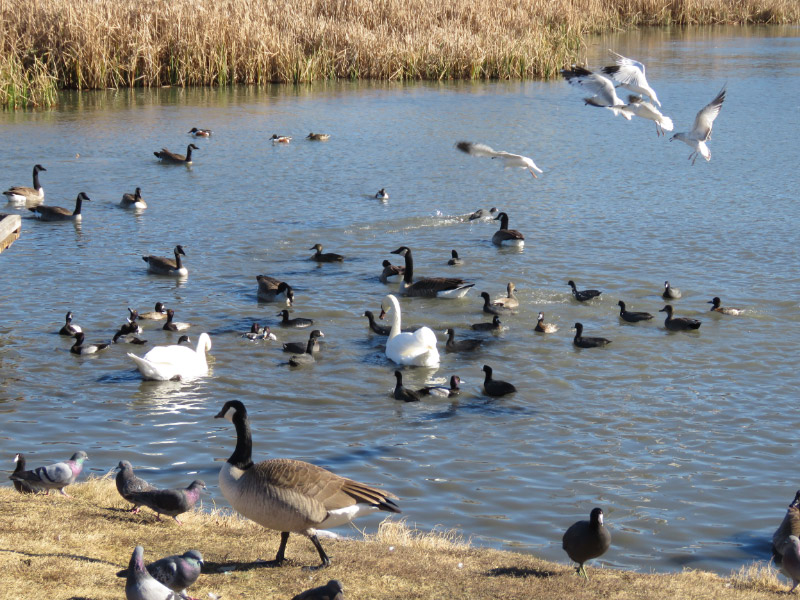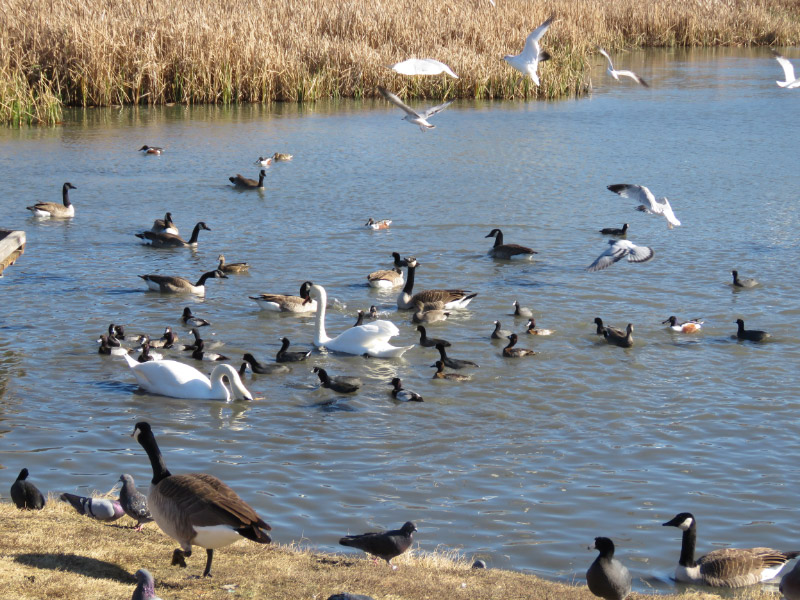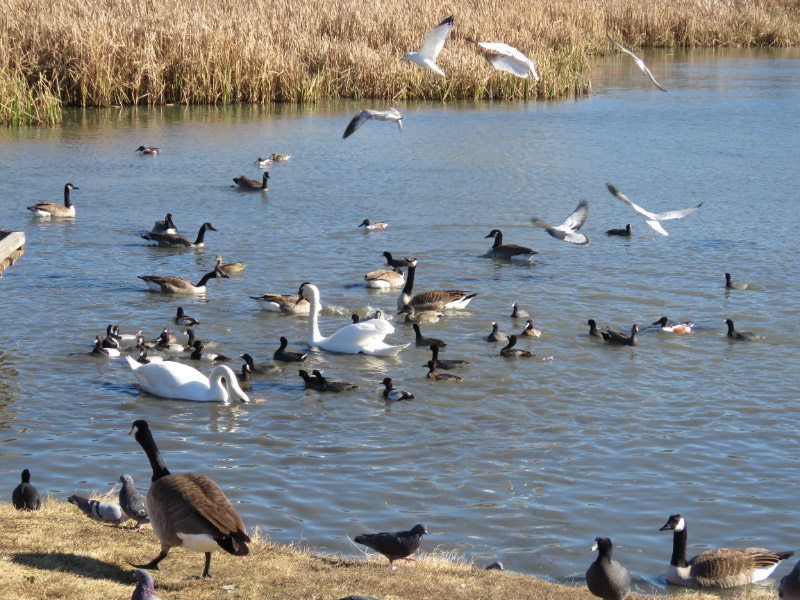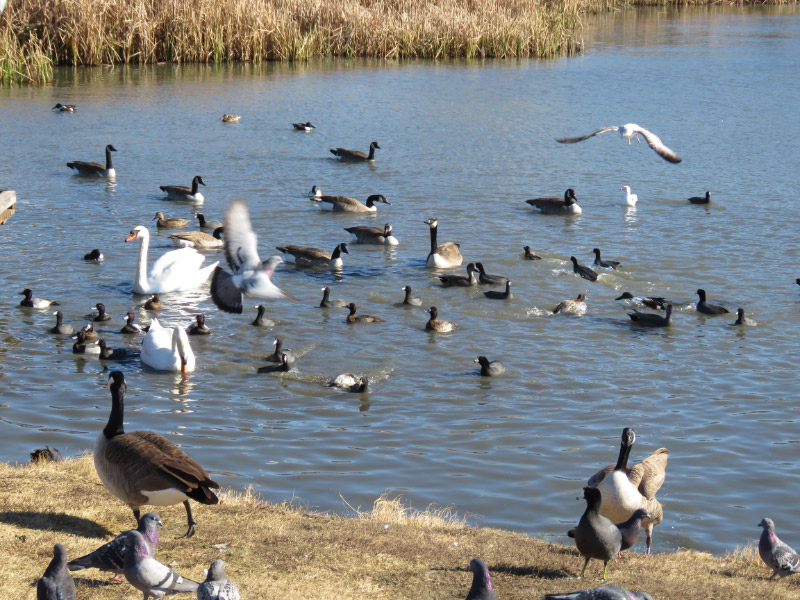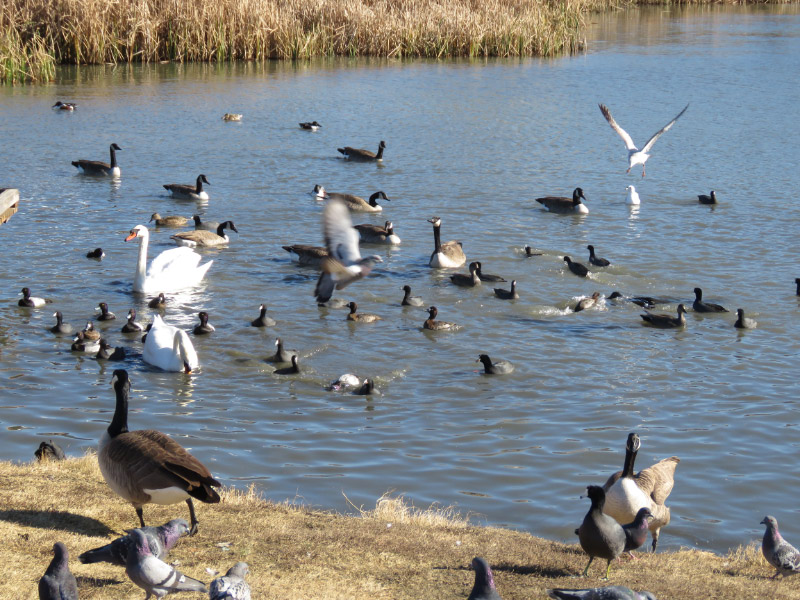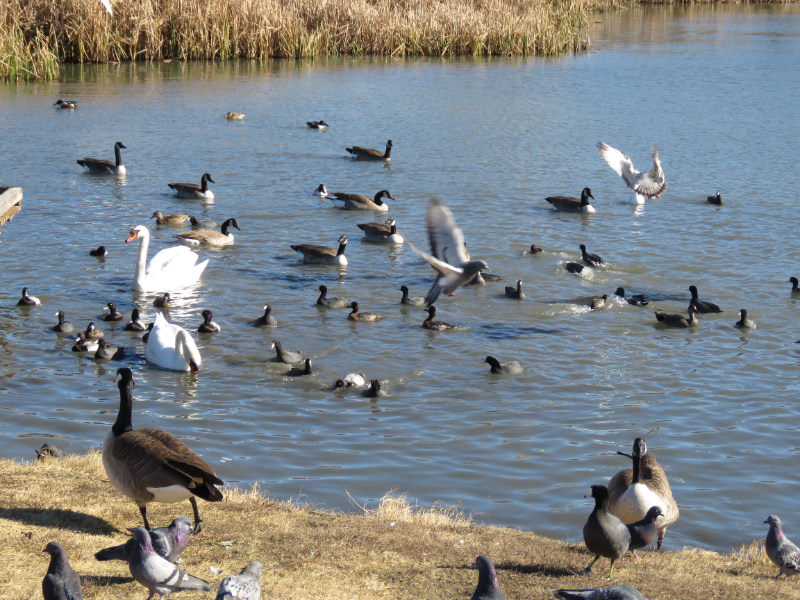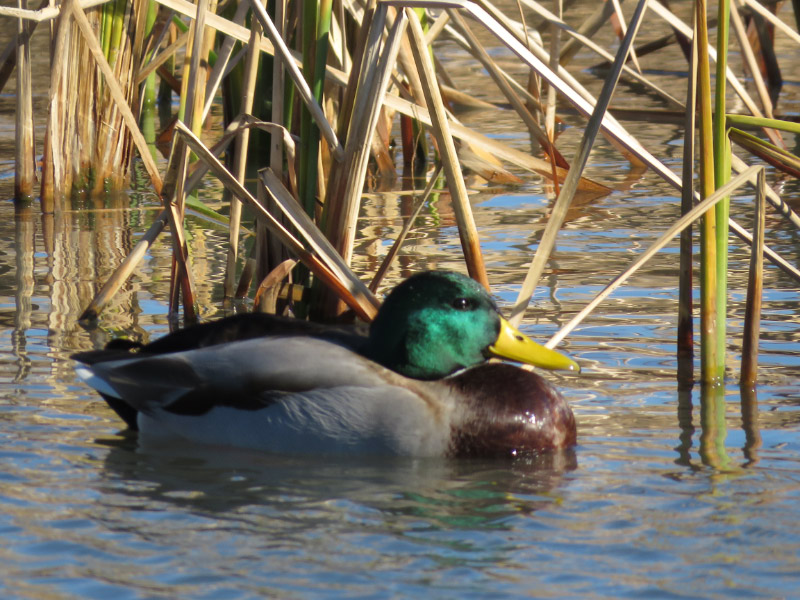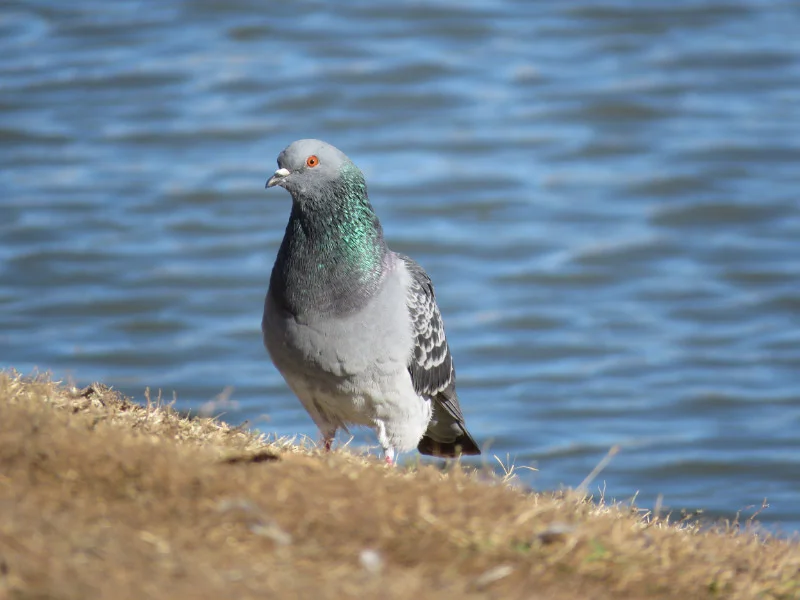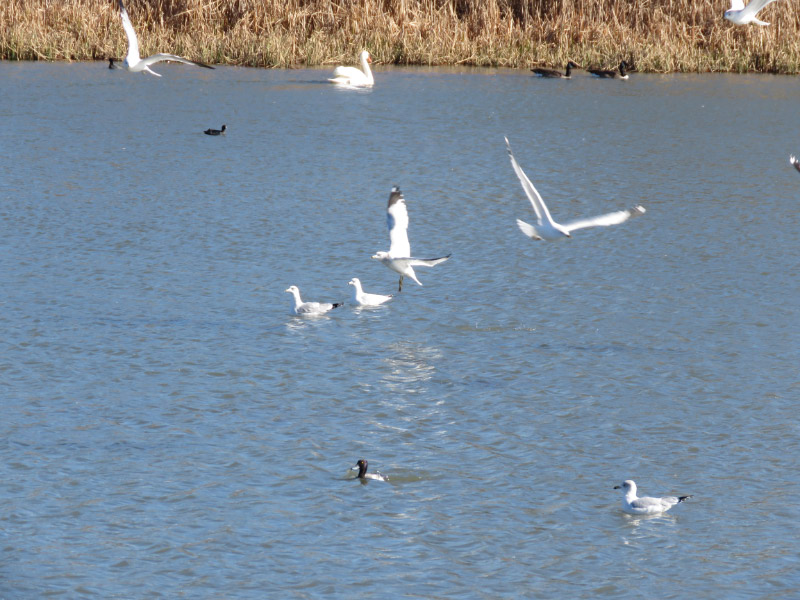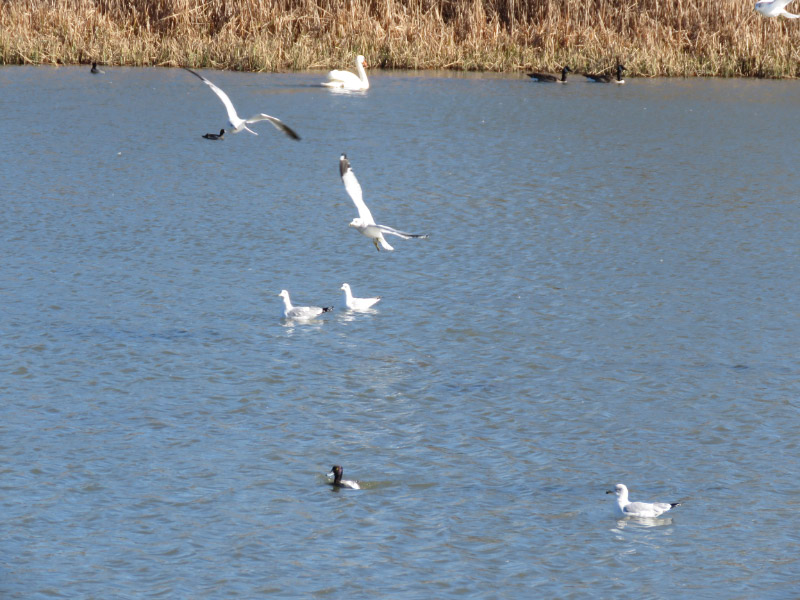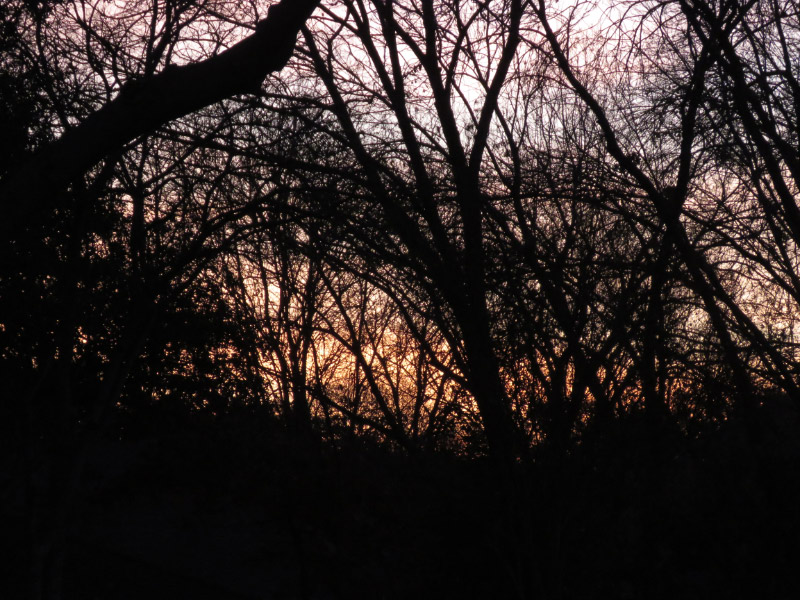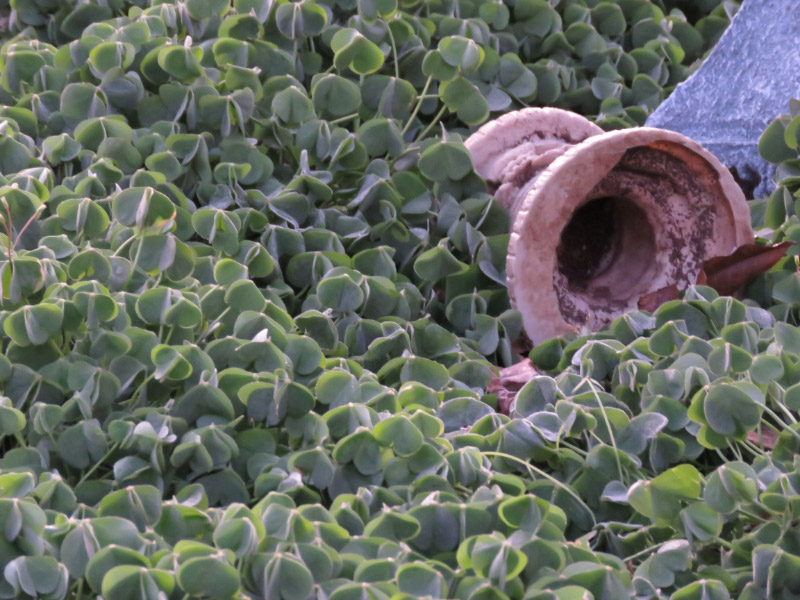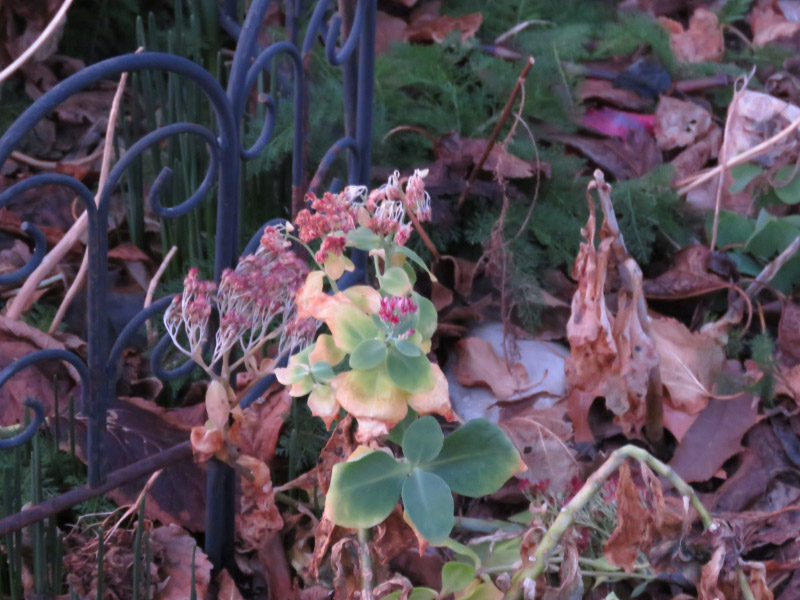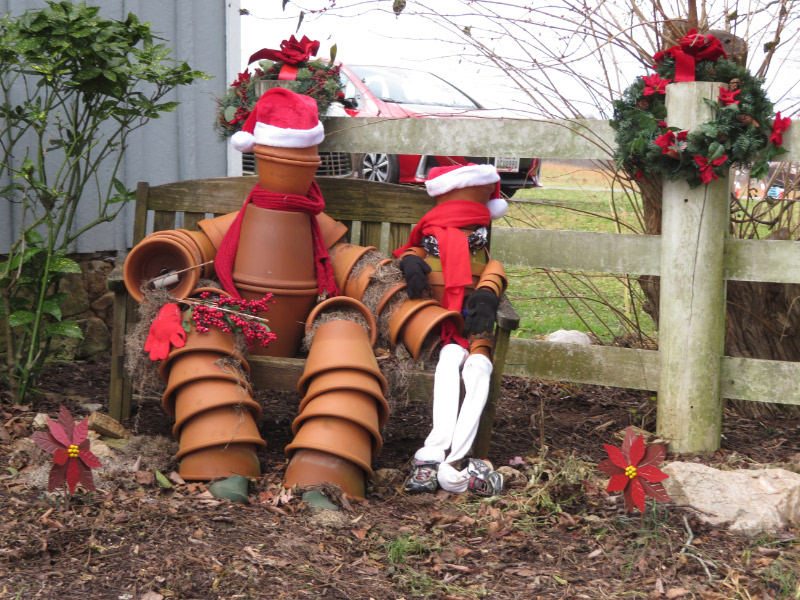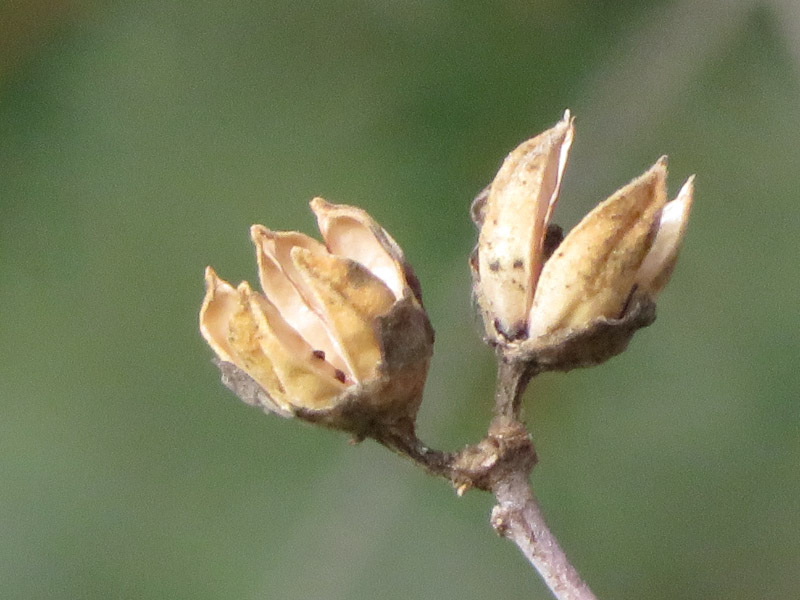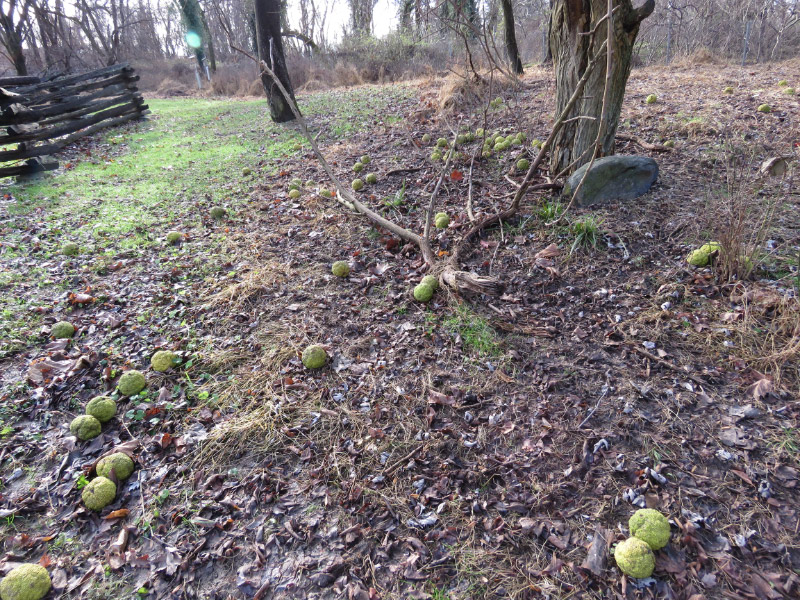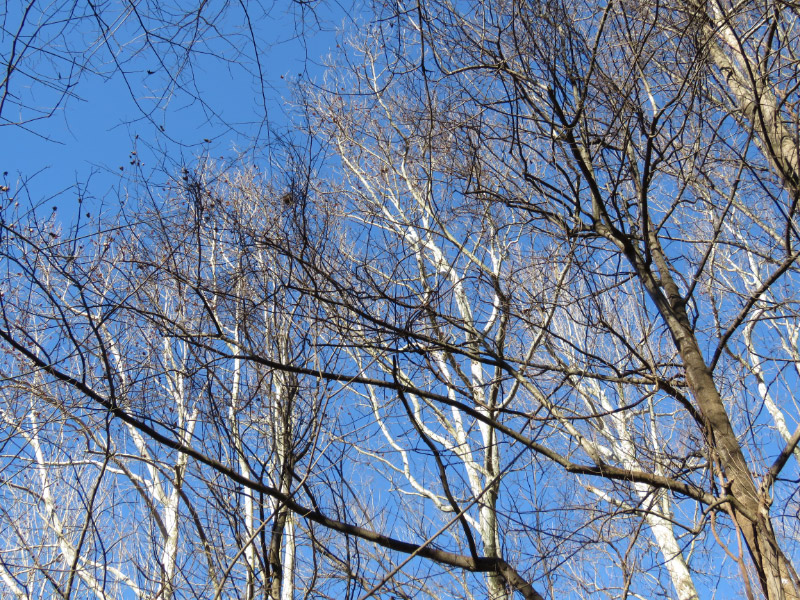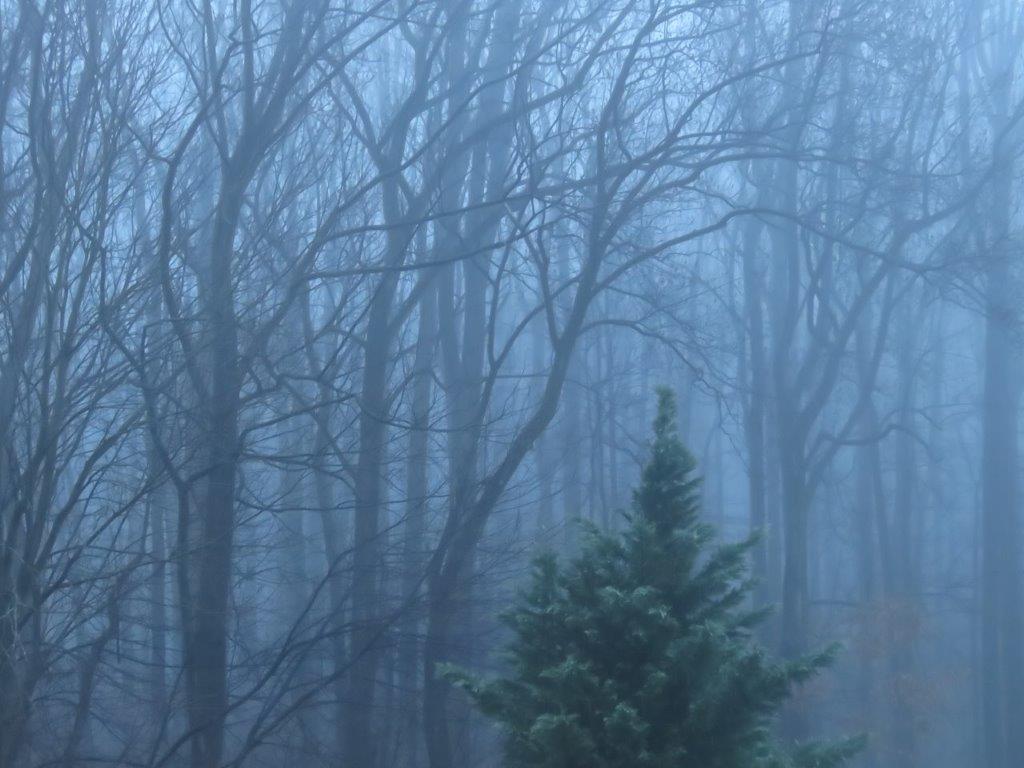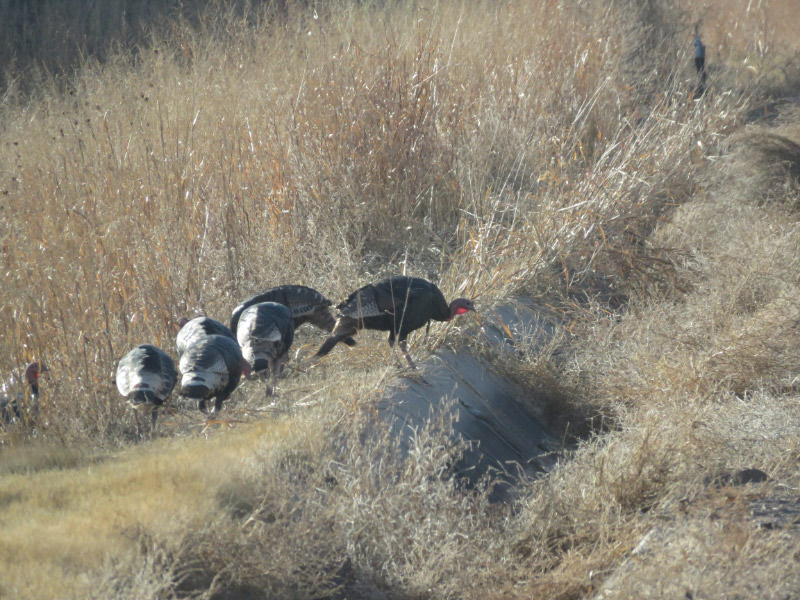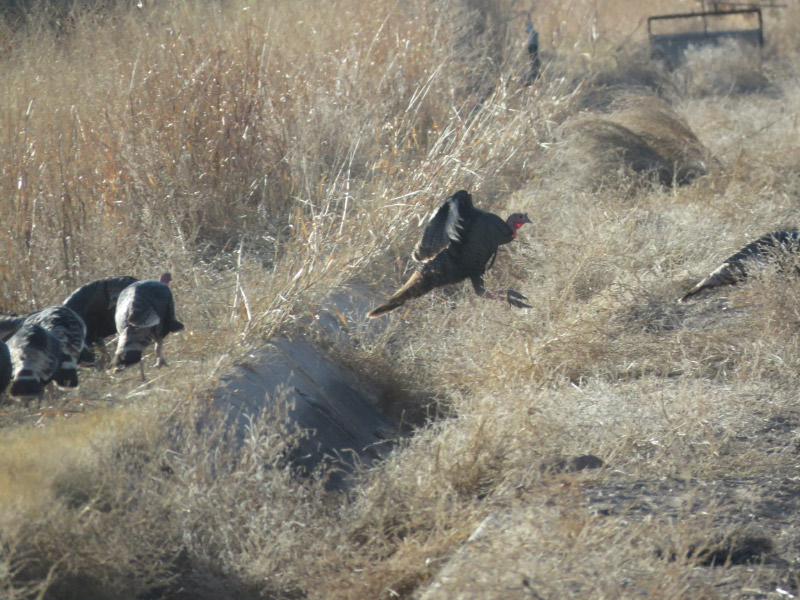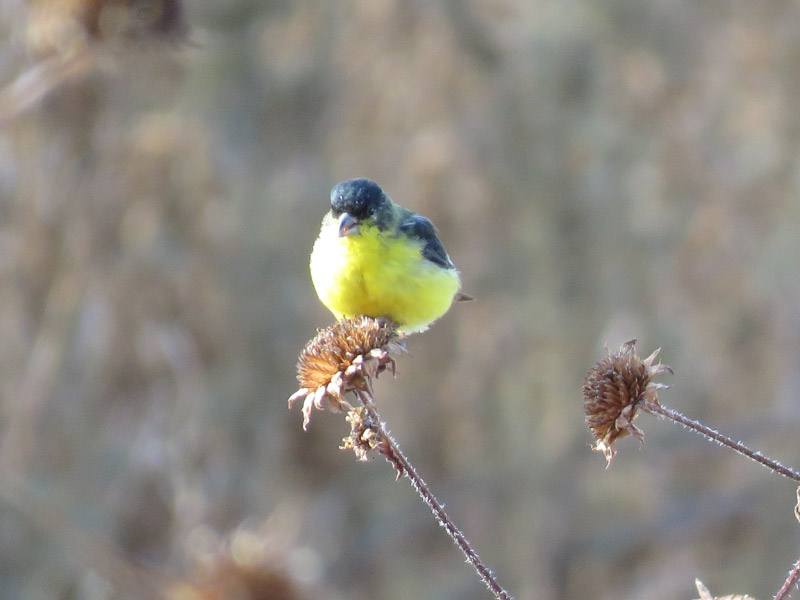The items below were ‘the cream’ of the articles and websites I found this past week. Click on the light green text to look at the article.
Stunning Abstract Aerial Photos of Namibia's Desert Landscape – A part of the earth with almost no vegetation. There are parts of the US that would be just as stark.
Anopheles mosquitoes could spread Mayaro virus in US, other diverse regions -- ScienceDaily – Another mosquito born disease that may increase in North America as the climate warms. There are already mosquitoes capable of transmitting it here – Andopheles species.
Bad molars? The origins of wisdom teeth – I’ve always wondered why so many people must have their wisdom teeth out. All 4 of mine were pulled when I was 19 because they were impacted. It turns out that eating a crunch/chewy diet when we are young may help the jaw grow long enough to accommodate these late molars. Wish I would have known that; I might have fed my daughter a bit differently. Too late now.
Climate Smart Farming CSF Climate Change in Your County and Climate Smart Farming – Cornell Institute for Climate Smart Solutions – The first link is a county by county look at the history of temperature and precipitation in the Northeast. The second it about the research being done to help farmers plan for extreme weather events…that have become more common in recent years.
How tracking people moving together through time creates powerful data – A discussion of how cohort data is helping us understand health and disease. The example used in the article is the Framingham Heart Study.
Air Pollution from California Wildfires 60 Times Above Safe Limit - Yale E360 – Air quality is impacted by fires. In areas where the frequency of fires is increasing, fire may overtake all other kinds of air pollution for a time.
Can Tourism Save the Ocellated Turkey? – Cool Green Science – What an unusual looking bird! It’s a tropical turkey (Mexico, Belize and Guatemala) that behaves like the North American Wild Turkey.
Top 25 Wild Bird Photographs of the Week: November – National Geographic Blog – And more birds.
Forage Wild Nuts for Your Holiday Feast – Cool Green Science – Nuts native in our forests. Too bad the American Chestnuts are no longer plentiful…maybe some of the recent hybrids will survive to repopulate our forests.
BBC - Future - A 'samurai' swordsmith is designing a space probe – Creating corers to use for sampling an asteroid using metallurgy learned making samurai swords.





